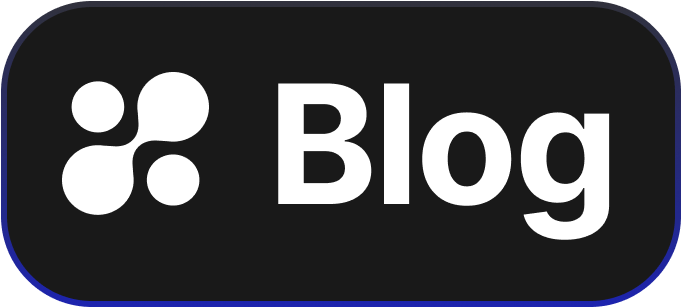Mastering Least Privilege Access for SOC 2 Compliance: A Simple Guide for Technology Managers
Achieving SOC 2 compliance is a significant milestone for any organization, especially for tech managers responsible for maintaining data security and privacy. One crucial aspect of SOC 2 is implementing the principle of least privilege access. This involves giving users the minimum level of access or permissions necessary to perform their job functions. Embracing least privilege access not only strengthens security but also streamlines compliance processes.
Why is Least Privilege Access Important for SOC 2?
Tech managers often ask why least privilege access is critical for SOC 2 compliance. Simply put, it limits the risk of data breaches by reducing the number of users with access to sensitive information. This control helps protect customer data and enhances trustworthiness. Moreover, it simplifies audits by clearly defining roles and permissions, making it easier to demonstrate compliance to auditors.
Implementing Least Privilege Access: Key Steps
- Understand Your System and Data: Begin by identifying all your systems and the types of data they hold. Knowing what you have is the first step to controlling access effectively.
- Define User Roles and Permissions: Create specific roles based on job functions. Assign permissions to these roles rather than individuals, ensuring each role has access only to the necessary data and functions specific to their tasks.
- Regularly Review and Adjust Permissions: People change roles or leave organizations, and your systems evolve. Regularly reviewing user permissions helps maintain least privilege access by removing or adjusting privileges as necessary.
- Implement Strong Authentication and Monitoring: Use multi-factor authentication to ensure that users are who they say they are. Monitor access logs to detect unusual activities that could indicate a breach.
Overcoming Challenges
Tech managers may face resistance or confusion when implementing least privilege access. Some common challenges include perceived inconvenience or difficulty in managing permissions. Address these by clearly communicating the importance of security and compliance to your team. Use tools that simplify role management and make adjustments as needed.
SOC 2 and Technology Management
As a tech manager, your role in SOC 2 compliance is pivotal. Ensuring least privilege access requires a keen understanding of both technical requirements and organizational needs. By integrating these practices, you enhance not only security but also the overall efficiency of your operations.
Discover how hoop.dev can streamline your SOC 2 compliance journey by providing a seamless platform for managing least privilege access. See it live in minutes and experience the difference.
Conclusion
The journey to SOC 2 compliance isn't always easy, but implementing least privilege access is a strategic move towards achieving it. It reduces risks, enhances data protection, and makes compliance audits more straightforward. As a technology manager, aligning your team towards these practices ensures your organization remains safe and trustworthy.
Explore hoop.dev to simplify your least privilege access management and accelerate your compliance efforts. Start now and watch your SOC 2 compliance process transform.
